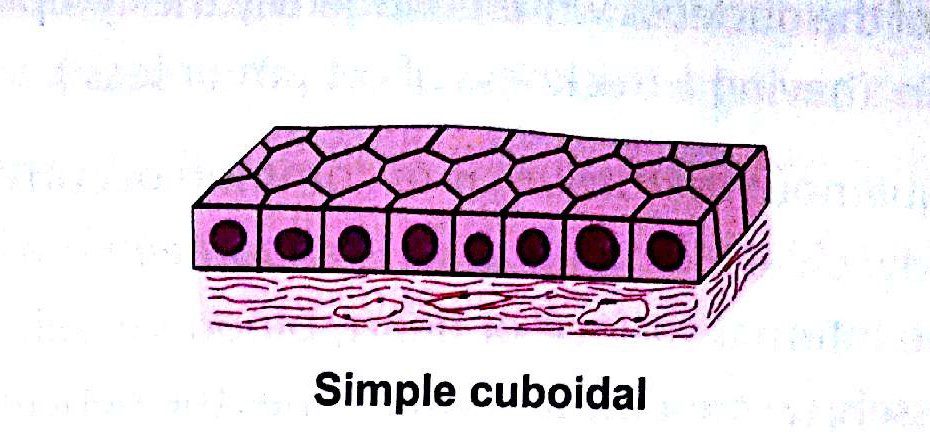GRANULOCYTOPOIESIS
(DEVELOPMENT OF GRANULOCYTES)
The progenitor cells of the granulocytic series are derived from the multipotential hemopoietic stem cells CFU- GEMM. The eosinophils and basophils are derived from uni potential progenitor cells titled CFU-Eo and CFU-Ba, respectively. However, neutrophils are derived from bipotential progenitor cell CFU-GM. The CFU-GM undergoes mitosis to
produce two uni potential progenitor cells: CFU-G of the neutrophil lineage and CFU-M of the monocyte lineage. The CFU-G, CFU-Eo and CFU-Ba divide to give rise to precursor cells of the granulocytic series called myeloblasts. From myeloblast to mature granulocytes, the granulocytopoiesis consists of the following stages: myeloblast, promyelocyte, myelocyte metamyelocyte, and mature granulocyte.

Granulocytopoisis
1.Myeloblast
A myeloblast measure 12-15 μm in diameter and contains a large spherical nucleus in that Shows a delicate chromatin network. The scanty cytoplasm is markedly basophilic and contains numerous free ribosomes but a very sparse rough endoplasmic reticulum. The myeloblasts divide to produce daughter cells called promyelocytes.
2.Promyelocyte
The promyelocytes are larger than myeloblasts and average 20 l1m in diameter. A promyelocyte has a big, round nucleus containing coarse chromatin. The cytoplasm is very basophilic and characterised by the presence of numerous azurophilic granules, which represent Lysosomes. However, no specific granules are present in the cytoplasm of a promyelocyte. The Golgi apparatus and rough endoplasmic reticulum are also well-developed. The promyelocytes divide and differentiate into myelocytes.
3.Myelocyte
The myelocytes are much smaller than the promyelocytes, averaging about 10 LIM in diameter, The nucleus is roughly oval in shape and stains more intensely than that of the promyelocyte. The distinguishing feature of a myelocyte is the appearance of specific cytoplasmic granules. These granules permit the recognition of myelocytes as neutrophilic, eosinophilic or basophilic. The myelocytes divide to give rise to metamyelocytes.
4.Metamyelocyte
The metamyelocytes are nearly of the same size as myelocytes. In the cytoplasm of a metamyelocyte, the specific granules become more prominent. The nucleus becomes deeply indented to assume a kidney-shaped appearance. The nuclear chromatin becomes more compact. The metamyelocytes do not undergo mitosis but develop into mature granulocytes of their own lineage I.e, neutrophils, eosinophils or basophils.
The specific granules increase in number and the nucleus assures a lobated appearance. Before assuming a typical lobate form, the nucleus of an immature neutrophilic granulocyte passes through a stage in which it appears as a curved rod. Because of this band-shaped appearance of the nucleus, the juvenile neutrophil at this stage is known as a band cell. The band cells may be found in the peripheral blood, but their normal count is less than 5% of the total leukocytes. An increasing percentage of band cells in the peripheral blood is an indication of very active hemopoiesis.
MONOCYTOPOIESIS
It has already been described that the bipotential CFU- GM stem cell is derived from the multipotential CFU- GEMM cells in the bone marrow. The CFU-GM divides and gives rise to CFU-G cell (progenitor of granulocytes) and CFU-M, which is the progenitor cell for the monocytes. The CFU-M cell is titled as monoblast. The monoblast is quite similar to a myeloblast (precursor cell of the granulocytic series).
The monoblasts differentiate into promonocytes. A promonocyte is a large cell (16-18 μm in diameter) containing a large kidney” shaped nucleus. The cytoplasm of a promonocyte stains basophilic(bluish)due to the abundance of RER and free ribosomes. There are no specific granules, but many azurophilic granules (representing the lysosomes) can be seen. The promonocytes divide two or three times and the differentiate into monocytes. Mature monocytes enter the blood stream, remain there for a short period and finally Enter the connective tissue, where they differentiate into macrophages








Leave a Reply